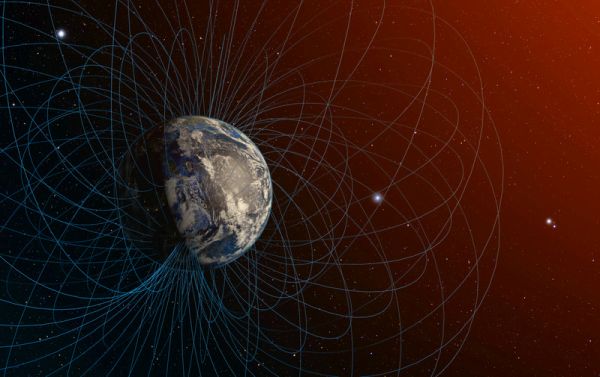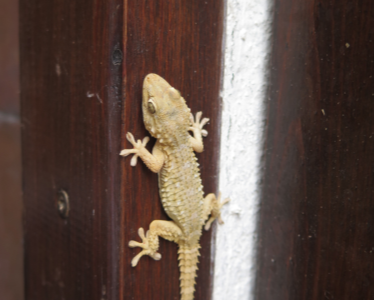The Earth is like a giant magnet. This characteristic is created by the movement of a mixture of metals like molten iron and nickel in the Earth’s outer core. This movement along the north and south pole axis is the simple, observable reason for the creation of a magnetic field around the planet.[1] This movement, which serves as a simple veil over our Lord’s magnificent artistry, creates a field called the “magnetosphere” that surrounds our planet and atmosphere. This area, which is tens of thousands of kilometers long, protects the earth from the harmful rays coming from the Sun, again a marvelous act reflecting the mercy and wisdom of our Lord.
With divine guidance, some creatures use this magnetic field for direction, altitude, or location detection. The ability to detect magnetic fields, akin to a sixth sense, is called “magnetoreception.”
This sense has been bestowed upon birds, fish, and migratory animals. Our Lord has placed a kind of “compass” in the bodies of many migrating animals. Recent research has discovered that slower-moving animals such as lobsters, worms, snails, frogs, and salamanders also possess this sense. Mammals also seem to respond to this magnetic field. Experimental results show that voles and moles use magnetic field lines when placing their nests, cattle and deer align their bodies with magnetic field lines while grazing, and dogs position themselves north or south while defecating.
Red foxes use magnetoreception when hunting small rodents. Foxes tend to jump in a northeast direction when pouncing on small prey like field mice.[2]
In sea turtles, breeding occurs on beaches, and after hatching, the young quickly move towards the sea, adhering to the laws of creation. While differences in light intensity seem to guide this behavior, experiments have shown that the directional preferences of these hatchlings occur in accordance with the Earth’s magnetic field, by divine wisdom and guidance.[3]
Sea creatures like sharks, as well as ants and bees, also use magnetoreception to find their way. For instance, Brazil’s stingless bee, Schwarziana quadripunctata, is created with the ability to distinguish height, position, and direction differences using thousands of hair-like particles in their antennae.[4]
Pigeons also possess a directional sense granted by our Lord’s infinite knowledge, power, and wisdom. Historically, homing pigeons are famous. Messages written on thin and light paper are attached to the leg of a messenger pigeon and sent to a point they have identified as “home” in their memory. Changing conditions like weather do not deter the pigeon from its path because it is created to use the Earth’s magnetic field for navigation.
There are some studies on how magnetoreception works.[5] In one study, small magnetite particles that act as “mini compasses” sensitive to magnetic fields were found in the heads and beaks of migrating animals. Another study suggests that light-sensitive molecules (photopigments) in the eyes may play a role in detecting magnetic fields. Another view is that there is an internal mechanism that converts electrical sensitivity to magnetic sensitivity. Our Lord uses such causes as a veil while creating objects and events.
Electricity and magnetism, which are among the laws of the universe known as the Sunnatullah, are great blessings. Electromagnetic fields serve many creatures for survival. Essential needs such as animals finding direction, hunting, and migrating are met through this means. These unseen, unfelt, perhaps unnoticed features show how beautiful and astonishing the creation full of secrets is.
[1] F. R. Wiltschko ve W. Wiltschko. “Chapter 8 – Magnetoreception”, Carlos López-Larrea (ed), Sensing in Nature: Advances in Experimental Medicine and Biology, Springer, 2012, 739.
[2] “Fox ‘rangefinder’ sense expands the magnetic menagerie”, blogs.nature.com/news/2011/01/fox_rangefinder_sense_expands.html
[3] Maria W. Merrill ve Michael Salmon, “Magnetic orientation by hatchling loggerhead sea turtles (Caretta caretta) from the Gulf of Mexico”, Marine Biology, vol. 158, 1/101–112.
[4] T. M. Nunes, ve ark. “Cuticular Hydrocarbons in the Stingless Bee Schwarziana quadripunctata (Hymenoptera, Apidae, Meliponini)”, Genet Mol Res, 2009 May 26;8(2):589–95.
[5] “How animals sense Earth’s magnetic field”, phys.org/news/2020-05-animals-earth-magnetic-field.html




